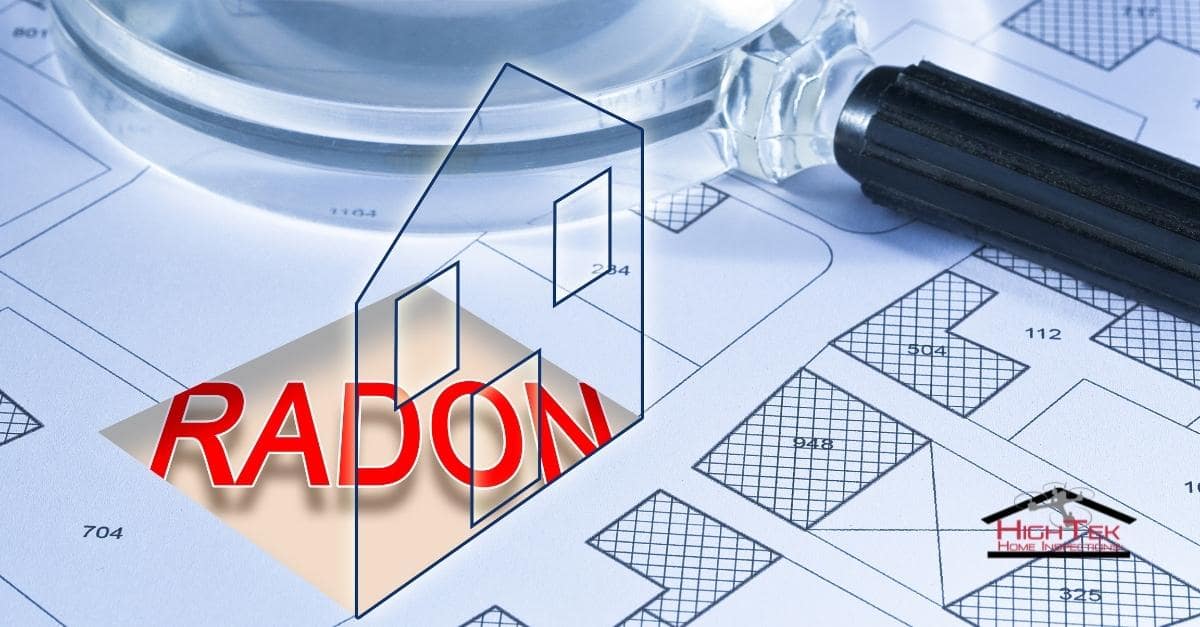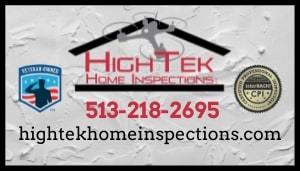If you’ve heard of radon before but don’t know exactly what it is or why it matters, you’re in the right place. Plenty of people still believe radon isn’t even real because they can’t see it, touch it, or smell it. The truth is radon is very real and can be very dangerous. Here’s what you need to know.
What is Radon?
Radon is a natural radioactive gas that’s colorless, odorless, and inert. Outside, there can be trace amounts of radon that do not generally pose a threat to people’s health. It’s when the radon enters into buildings and gets trapped that it becomes a problem.
Why is Radon Dangerous?
Prolonged exposure to high levels of radon can cause serious health problems. Most notably, continually breathing in radon over an extended period can significantly increase your risk of contracting lung cancer. Research from the United States Environmental Protection Agency (EPA) estimates that about 21,000 people lose their lives every year due to radon-related lung cancer. Radon is truly a silent killer.
Radon exposure is even more dangerous for those who smoke, even light smokers. Smokers are much more likely to develop lung cancer when exposed to unsafe radon levels than nonsmokers. EPA data shows 26% of smokers who spend a lifetime living in a home with 20 pCi/L of radon would develop lung cancer compared to only 3.6% of nonsmokers.
Continued exposure to radon can be extremely dangerous for anyone but smokers should be especially aware of these risks.
Radon and Your Home
At this point, you might be wondering about the radon levels in your own home. It may surprise (and horrify) you to learn that the United States is one of the only developed countries where radon testing is not mandatory prior to finalizing a home sale. That means you may have unknowingly purchased and lived in a home with unsafe radon levels. It’s a very unpleasant thought.
What is an unsafe radon level? Guidance from the EPA suggests that homeowners should take mitigating action if their home has radon levels above 4 pCi/L. Higher radon levels are most common in the fall and winter when everyone closes their homes up tight to protect against the cold weather. Still, unsafe radon levels can build up at any time of the year.
The only way to know for sure whether your home has a radon problem or not is to schedule a radon testing session. Radon testing will generally cost you less than $200 and can give you the peace of mind you need knowing that you and your family are safe.
For those in the process of buying a home, you can and should insist on radon testing as a condition of the sale. In fact, the buyer is in a strong position to insist that the seller pays for the mitigating steps if the inspector finds high radon levels during the home inspection.
If you’d like to learn more about radon or want to schedule a radon inspection of your home, contact HighTek Home Inspections today! For more tips and our latest updates, follow us on Facebook, Twitter, LinkedIn, Pinterest, SPECTORA or Instagram.


